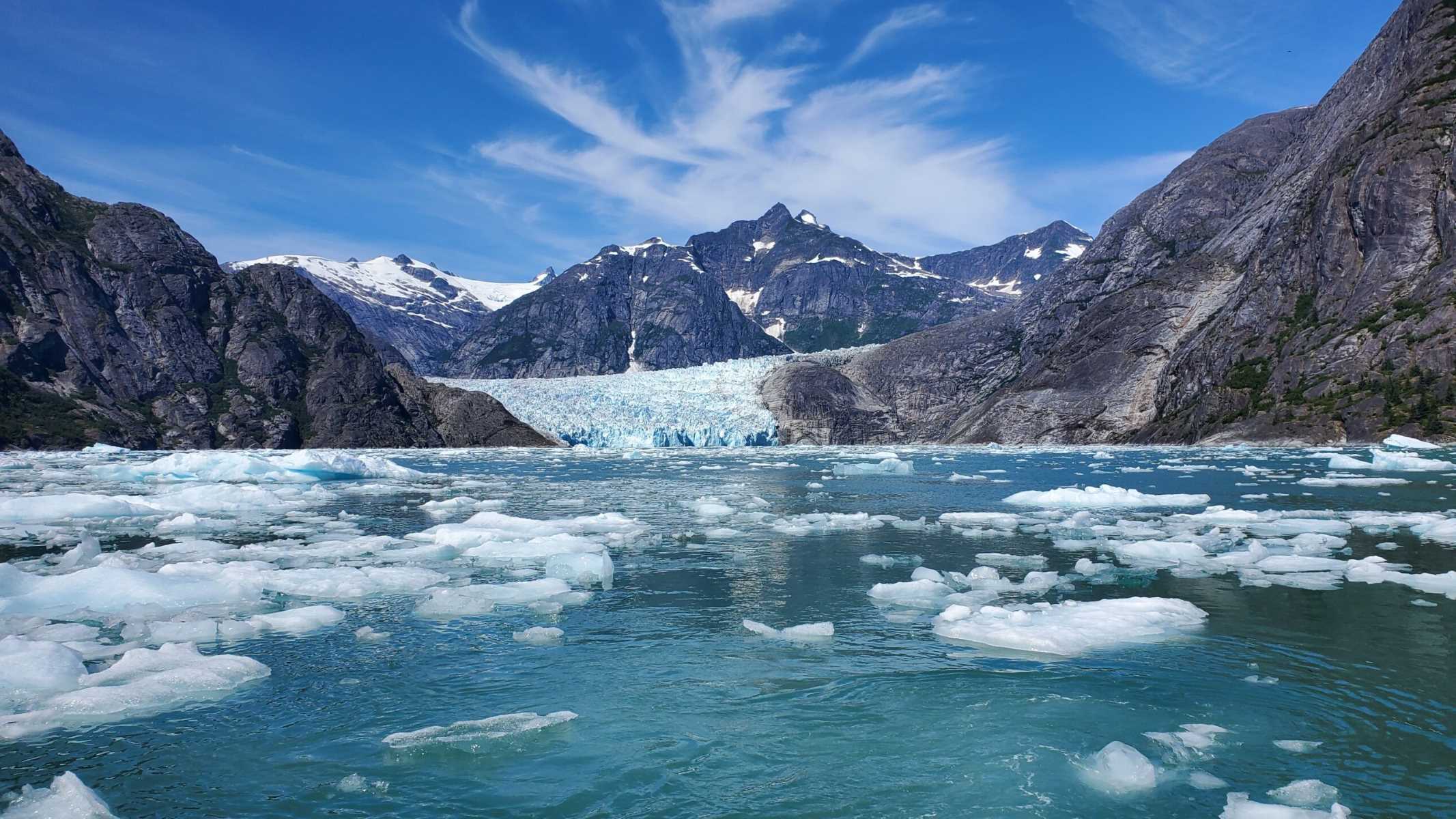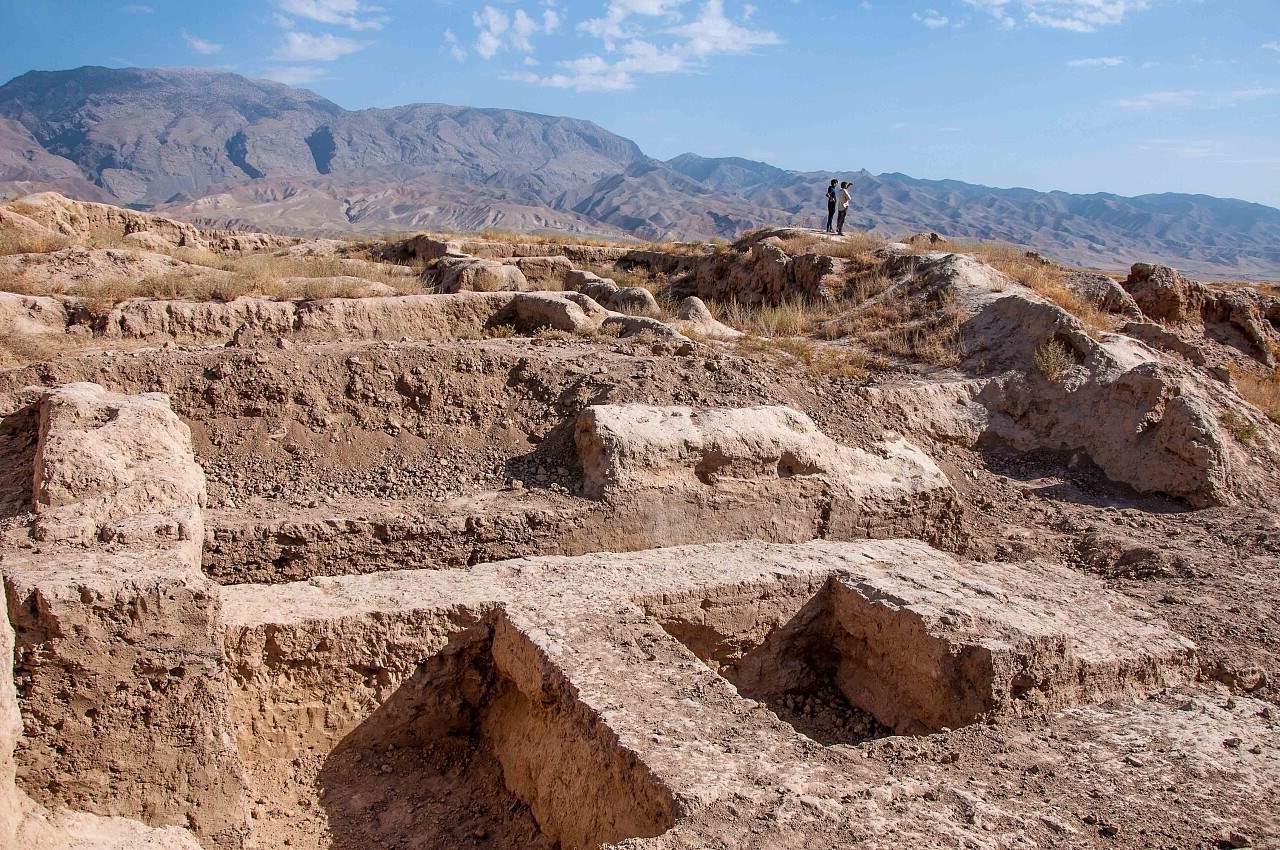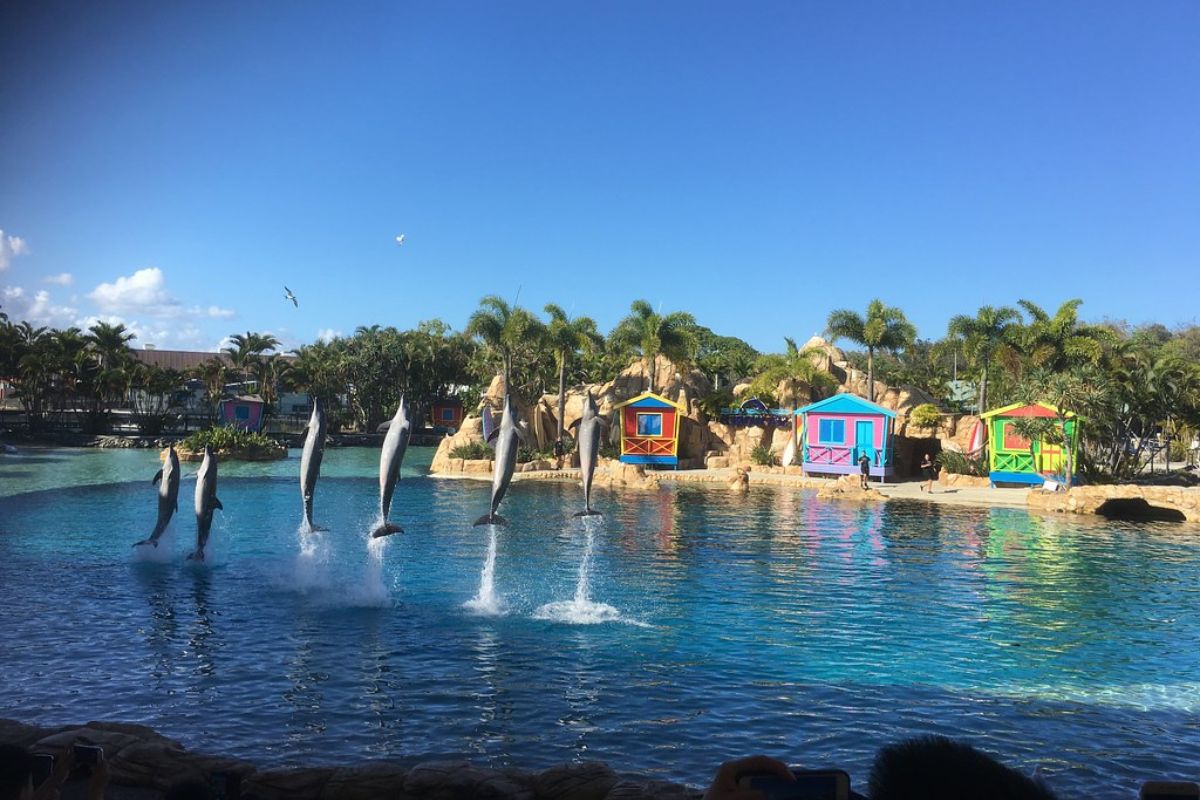
LeConte Glacier, located in southeastern Alaska, is a stunning natural wonder that captivates visitors with its breathtaking beauty. Did you know that this glacier is the southernmost tidewater glacier in the Northern Hemisphere? Formed over thousands of years, LeConte Glacier stretches approximately 21 miles from its source in the Stikine Icefield to its terminus at LeConte Bay. What makes this glacier truly unique is its rapid calving, where massive chunks of ice break off and plunge into the sea, creating spectacular icebergs. Visitors often spot seals lounging on these icebergs, adding to the glacier's charm. Whether you're a nature enthusiast or just curious about glaciers, LeConte Glacier offers a fascinating glimpse into the power and beauty of nature.
LeConte Glacier: A Natural Wonder
LeConte Glacier, located in Southeast Alaska, is a stunning natural formation that has fascinated scientists and tourists alike. This tidewater glacier offers a glimpse into the dynamic processes shaping our planet. Here are some intriguing facts about LeConte Glacier.
-
LeConte Glacier is the southernmost tidewater glacier in the Northern Hemisphere. This unique position makes it more accessible to visitors compared to other glaciers.
-
Named after Joseph LeConte, a prominent geologist. Joseph LeConte was a professor at the University of California, Berkeley, and the glacier was named in his honor in 1887.
-
LeConte Glacier is approximately 21 miles long. Its impressive length stretches from the Stikine Icefield to LeConte Bay.
-
The glacier calves frequently. Calving is the process where chunks of ice break off from the glacier's edge, creating icebergs. This makes LeConte Glacier a spectacular sight.
-
It has been retreating since the late 19th century. Like many glaciers worldwide, LeConte Glacier has been shrinking due to climate change.
The Ice and Its Movements
Understanding the ice and its movements can provide insights into the glacier's behavior and its impact on the environment.
-
LeConte Glacier moves at a rate of about 90 feet per day. This rapid movement is due to the steep slope of the glacier's bed.
-
The glacier's ice is over 1,000 years old. This ancient ice provides valuable information about past climate conditions.
-
Icebergs from LeConte Glacier can be as large as a house. These massive icebergs are a testament to the glacier's power and size.
-
The glacier's ice is incredibly dense. This density gives the ice its striking blue color, as it absorbs all colors of the spectrum except blue.
-
LeConte Glacier's ice can be up to 4,000 feet thick. This immense thickness contributes to the glacier's stability and longevity.
Wildlife Around LeConte Glacier
The area surrounding LeConte Glacier is teeming with wildlife, making it a hotspot for nature enthusiasts.
-
Harbor seals often haul out on the icebergs. These seals use the icebergs as resting spots and protection from predators.
-
Bald eagles are commonly seen near the glacier. These majestic birds hunt for fish in the waters around the glacier.
-
Humpback whales frequent LeConte Bay. These giants of the sea are often spotted feeding in the nutrient-rich waters.
-
The area is home to a variety of seabirds. Species such as kittiwakes and puffins can be seen nesting on the rocky cliffs.
-
Black bears are occasionally spotted near the glacier. These bears come to the area in search of food, particularly during the salmon run.
Human Interaction and Exploration
LeConte Glacier has been a site of human interest and exploration for many years.
-
The glacier is a popular destination for boat tours. Tourists can get up close to the glacier and witness its calving events.
-
Kayaking is a popular activity in LeConte Bay. Adventurous visitors can paddle among the icebergs and enjoy the stunning scenery.
-
Scientists study the glacier to understand climate change. Research conducted at LeConte Glacier provides valuable data on glacial dynamics and climate patterns.
-
LeConte Glacier has been featured in documentaries. Its dramatic calving events and stunning beauty make it a popular subject for filmmakers.
-
Local indigenous communities have historical ties to the glacier. These communities have lived in the region for thousands of years and have a deep connection to the land and its natural features.
Environmental Impact and Preservation
The glacier's retreat and the surrounding environment highlight the importance of preservation efforts.
-
LeConte Glacier's retreat impacts local ecosystems. The loss of ice affects the habitat of many species that rely on the glacier.
-
The glacier's meltwater contributes to rising sea levels. As the glacier melts, it adds freshwater to the ocean, contributing to global sea level rise.
-
Efforts are being made to monitor the glacier's changes. Scientists use satellite imagery and field measurements to track the glacier's retreat and understand its implications.
-
LeConte Glacier is part of the Tongass National Forest. This protected area helps preserve the natural beauty and ecological integrity of the region.
-
Educational programs raise awareness about the glacier. Schools and organizations offer programs to teach people about the importance of glaciers and climate change.
Unique Features of LeConte Glacier
LeConte Glacier has several unique features that set it apart from other glaciers.
-
The glacier has a deep underwater moraine. This underwater ridge was formed by the glacier's movement and affects the flow of water in the bay.
-
LeConte Glacier has a dramatic icefall. This steep section of the glacier creates a stunning visual effect as the ice cascades down.
-
The glacier's terminus is submerged. Unlike many glaciers, the end of LeConte Glacier is below sea level, which influences its calving behavior.
-
LeConte Glacier is one of the fastest-moving glaciers in Alaska. Its rapid movement is due to the steep terrain and the high volume of ice.
-
The glacier's blue ice is a result of compression. The intense pressure within the glacier compresses the ice, expelling air bubbles and creating the vivid blue color.
Final Glimpse at LeConte Glacier
LeConte Glacier, a stunning natural wonder in Alaska, offers a unique glimpse into the power and beauty of nature. This glacier, the southernmost tidewater glacier in the Northern Hemisphere, is known for its dramatic calving events where massive ice chunks break off and crash into the sea. It’s a living testament to the dynamic processes shaping our planet.
Visitors to LeConte Glacier can witness breathtaking ice formations, vibrant blue icebergs, and diverse wildlife. The glacier's rapid retreat in recent years highlights the urgent need for climate action. Understanding and appreciating such natural marvels can inspire efforts to protect our environment.
Whether you're a nature enthusiast, a science buff, or just someone who loves stunning landscapes, LeConte Glacier has something to offer. Its awe-inspiring beauty and ecological significance make it a must-see destination. So, next time you plan an adventure, consider adding this icy gem to your list.
Was this page helpful?
Our commitment to delivering trustworthy and engaging content is at the heart of what we do. Each fact on our site is contributed by real users like you, bringing a wealth of diverse insights and information. To ensure the highest standards of accuracy and reliability, our dedicated editors meticulously review each submission. This process guarantees that the facts we share are not only fascinating but also credible. Trust in our commitment to quality and authenticity as you explore and learn with us.


